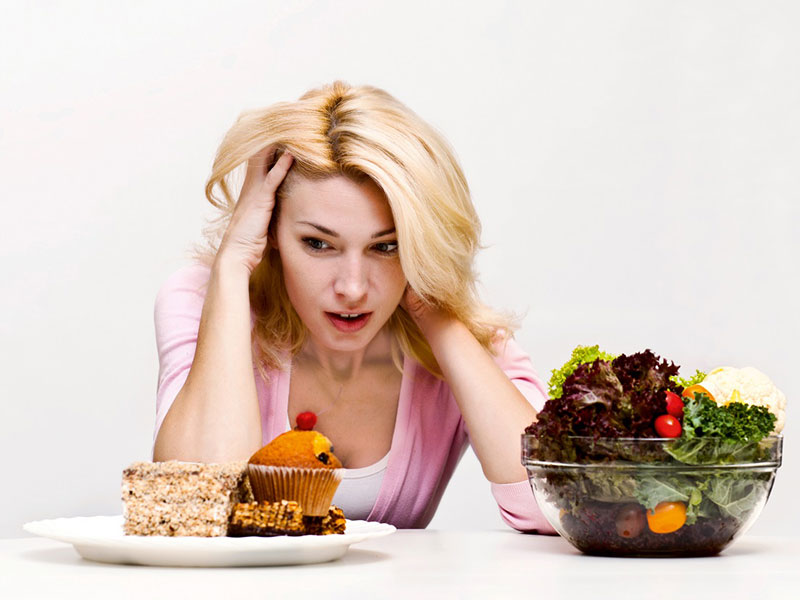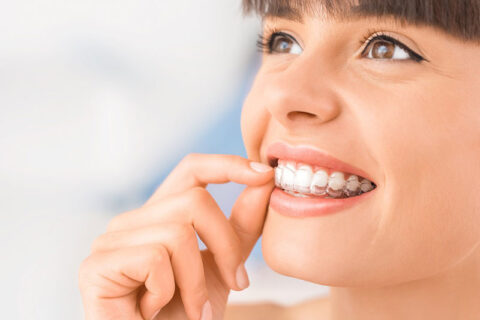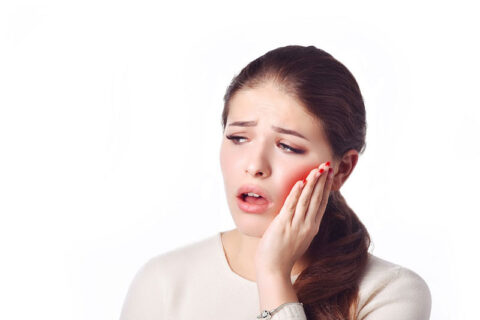Is Your Diet Harming Your Smile? Stay Away From These Foods!

Human teeth are incredibly resilient. They endure crushing pressures, extreme temperatures, and an onslaught from countless bacteria, day and night. Tooth enamel, in fact, is the hardest substance the human body produces. Nature only produces one substance that’s harder on our planet: diamonds. However, what you eat can harm your teeth by causing stains, chips, cracks, and breaks.
In today’s blog, you’ll learn what foods and beverages to avoid (or limit) to protect your teeth. With good oral health and hygiene, and in the absence of accidents, you could retain your natural teeth throughout life!
Starchy, Sweet Foods and Drinks That Harm Oral Health
You probably won’t cut all starches, including sugar, from your diet. It’s in your best interest to limit them, though. When you eat a cracker, for example, the bacteria in your mouth feast on the starch and produce a byproduct that’s highly acidic. This acid alters the pH in your oral biosphere, which triggers the leaching of phosphorus and calcium from tooth enamel. Teeth then become temporarily soft and vulnerable to (1) enamel erosion and (2) cavities.
The best remedy for this is to:
- Rinse your mouth with water after eating starchy and sweet foods
- Drink plenty of water to re-establish proper oral pH balance
- Do not brush your teeth right after eating sweet or starchy foods
- Limit consumption of starchy and sweet foods and beverages
- Use a straw when drinking sugary or acidic beverages
- Chew sugar-free gum to help clear acids from your mouth
Foods and Drinks That Stain Teeth
Foods and beverages cause extrinsic stains, meaning stains that occur due to factors outside of teeth, in the oral environment. Intrinsic stains are a different matter altogether, and we’ll cover them in a separate blog. For now, let’s explore extrinsic dental staining.
There are two ways teeth pick up extrinsic stains. First, teeth are naturally coated with a protein-rich film. The film discolors when you consume darkly pigmented foods and drinks. Second, tooth enamel is porous and thus subject to staining, even though it’s hard. The pores, or tubules, soak up staining elements and discolor enamel.
Pigments
When you consume darkly-pigmented foods, the pigments may stain both biofilm and enamel. Avoid these foods to help keep your teeth white:
- Dark sodas, energy drinks, fruit juices, tea, wine, coffee, cocoa
- Dark berries and pomegranates
- Bright or dark sauces (tomato, soy, etc.)
- Curry
- Balsamic vinegar
- Beets
- Popsicles, slushes, and other foods with dark dyes
Tannins
Tannins are naturally-occuring substances that benefit and harm us. As antioxidants, they help prevent cell damage and promote good cardiovascular health. However, tannins in certain foods give a boost to chromogens (stain causing pigments), so they adhere more readily to enamel. Avoid these tannin-rich foods to protect your bright smile:
- Tea
- Coffee
- Cocoa
- Wine
- Chocolate
- Cheese
- Nuts
Hard Foods That Chip, Break, and Crack Teeth
A tooth can chip or break fast, especially if it’s primed from previous damage. Certain foods are notorious for chipping, cracking, and breaking teeth. If you want to avoid dental damage, either avoid these foods or be very careful when eating them.
- Foods with pits or hard seeds (cherries, olives, etc.)
- Dried meats, jerky
- Popcorn kernels
- Ice and frozen foods
- Hard candy
- Corn on the cob
- Hard, crusty breads
- Bones inside foods like ribs and chicken
- Hard nutrition bars, granola bars
Drying Foods and Drinks That Cause Cavities, Erosion, Infection
Dry mouth, clinically called xerostomia, occurs when the mouth doesn’t have sufficient saliva. It’s saliva that cleanses acids, bacteria, and other harmful elements from our oral cavity. When the mouth is dry, teeth can suffer erosion and decay. Also fungal infection can develop in a dry mouth.
If your mouth feels pasty, cottony, sticky, and dry, you may also have trouble swallowing, speaking, and even tasting foods. You may experience another symptom, burning mouth syndrome, which literally feels like your mouth has been burned. Cracked lips, mouth sores, and bad breath are all side effects of xerostomia.
Some foods contribute to drying out the mouth. If you consume them, drink plenty of water. Drying foods include:
- Alcoholic beverages
- Sugary beverages
- Caffeinated drinks and foods
- Citrus drinks and foods
- Salty foods
Schedule Your Dental Visit Today
We want to partner with you so you can enjoy healthy, strong, beautiful teeth for the rest of your life! Contact our office to reserve your first visit, checkup and cleaning, or second-opinion consultation. Our dental team will take time to talk with you about your concerns, learn about what you’d like to achieve with dental care, and conduct a comprehensive oral, head, and neck evaluation. Our team will then explain our findings, as well as treatment options. Together, we will determine the best treatment plan for your long-term oral health.


